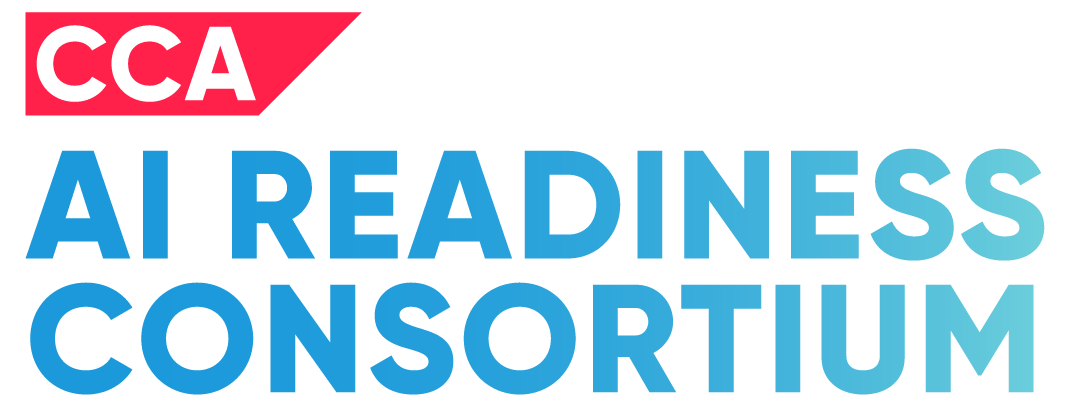- Description
-
Veterans Wellness Alliance is a not-for-profit community organization founded by a team of veterans who recognized the gaps in care from their own journeys. We are driven by the mission to enhance the quality of life for veterans through comprehensive wellness services and advocacy. Across Ontario and the Maritimes, we deliver peer-led mental-health workshops, career-transition support, crisis intervention, and outreach programming. Every initiative is guided by respect, evidence-based practice, and a commitment to sustainable growth: staff, volunteers, and students co-design solutions that help veterans thrive long after their service ends.
- Number of employees
- 2 - 10 employees
- Company website
- https://thevwa.ca/#newsletter-signup
- Industries
- Hospital, health, wellness & medical
- Representation
- Veteran-Owned Small Business Community-Focused
Recent projects
Veterans Cannabis Education Program Optimization
Main Objective To evaluate, optimize, and scale Veterans Wellness Alliance’s pharmacy-model cannabis education program—ensuring clinical rigor, streamlined delivery, and adaptability for diverse veteran cohorts. Key Goals Workflow Audit & Optimization Map the end-to-end education process (registration → module completion → follow-up), identify bottlenecks, and recommend efficiency improvements. Curriculum Gap & Risk Analysis Benchmark existing content against pharmacy-best practices (dosing, safety, interactions) to uncover content gaps and compliance risks, then propose mitigation measures. Scalable Delivery Model Design a blended-learning framework (e-learning modules, live Q&A sessions, peer-mentor forums) with clear technology and resourcing recommendations for easy replication across regions. Implementation Roadmap & Metrics Develop a 6-month rollout plan with milestones, staffing and budget estimates, and define 4–6 KPIs (e.g., completion rate, knowledge-gain score, satisfaction) with a prototype dashboard for ongoing monitoring. Learner Empowerment Materials Provide supporting tools—process flowcharts, sample module outlines, and a concise playbook—to enable VWA staff and volunteers to maintain and further evolve the program independently.
Veteran Journey Digital Marketing Strategy
Main Objective To design and implement a comprehensive, journey-driven digital marketing framework that guides veterans (and prospective volunteers) seamlessly from first awareness of VWA through to active participation and advocacy—while creating repeatable, scalable processes that your team can own long after the project ends. Key Goals Veteran Journey Mapping Visually and narratively document each stage of the veteran (and volunteer) experience—Awareness, Consideration, Conversion, Engagement, Advocacy—identifying needs, pain points, and optimal digital touchpoints. Content & Channel Strategy Develop a prioritized plan of content types (blog posts, videos, email series, social ads) and distribution channels (SEO, paid social, CRM-driven email/SMS) aligned to each journey stage, complete with a 12-week rollout calendar. Metrics & Measurement Blueprint Define clear KPIs (e.g. cost-per-acquisition, email open rates, onboarding completion) and build a prototype dashboard to track performance, enabling data-driven optimization. Scalability & Automation Recommend templating approaches, CRM-marketing integrations (e.g. Xano → Mailchimp), and volunteer “content ambassador” roles to sustain ongoing content production and lead nurturing. Actionable Roadmap & Training Deliver a step-by-step playbook and final presentation that equips your team (and future volunteers) to execute, monitor, and refine the strategy independently.
QuickBooks Audit and Volunteer Training Enhancement
Main Objective To formalize the owner’s capital injection as a properly documented, interest-bearing, and collateral-backed loan, ensuring the business treats it as debt rather than equity—thereby protecting the owner’s investment and preserving clarity for future financing. Key Goals Draft a Clear Loan Agreement Specify principal amount, interest rate (e.g. prime + 2–4%), term, repayment schedule, and prepayment rights. Establish Security Take a first-ranking charge over specified company assets (e.g. equipment, receivables, IP) and, if appropriate, secure a personal guarantee. Define Default & Remedies Lay out default triggers (missed payments, covenant breaches) and the lender’s rights (acceleration, enforcement of security, late‐payment penalties). Standardize Documentation & Covenants Implement naming conventions for repayments, require periodic financial reporting, and prohibit additional secured debt without lender consent. Optimize Tax & Accounting Treatment Ensure interest payments are tax-deductible for the company, comply with related-party transaction rules, and maintain clean audit trails.
